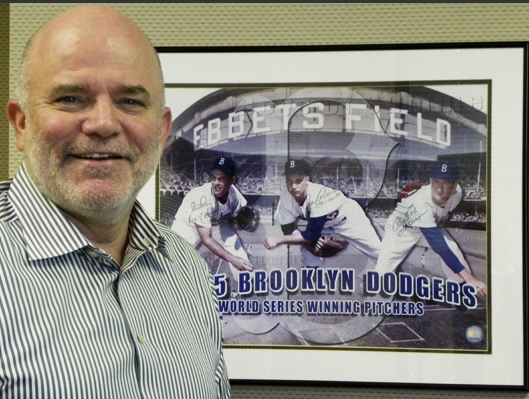From delivering the Brooklyn Eagle to prosecuting Saddam Hussein
Brooklynites In Florida: An Interview with International Prosecuting Attorney Greg Kehoe

World renowned Attorney Greg Kehoe was born in the Washington Heights section of Manhattan, but his family moved to Rockaway Beach on the edge of Brooklyn at the age of six. As he explained in a recent interview with the Brooklyn Eagle, “Rockaway is right next to Brooklyn and Coney Island, so, most of my memories, my connection to humanity if you will, was through Brooklyn.”
Kehoe has been a law partner with the international law firm Greenberg Traurig since 2006. This interview with the Eagle was conducted in Tampa at his Greenberg Traurig office.
For a tough prosecuting attorney, Kehoe has had a dream career. He worked as a young law clerk in federal court at Cadman Plaza in Brooklyn prior to joining the Justice Department in 1982.

Brooklyn Boro
View MoreNew York City’s most populous borough, Brooklyn, is home to nearly 2.6 million residents. If Brooklyn were an independent city it would be the fourth largest city in the United States. While Brooklyn has become the epitome of ‘cool and hip’ in recent years, for those that were born here, raised families here and improved communities over the years, Brooklyn has never been ‘uncool’.